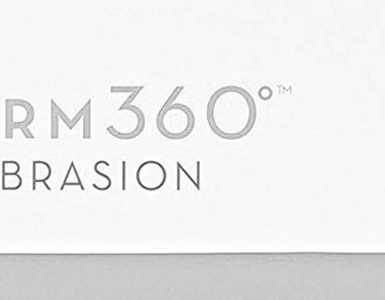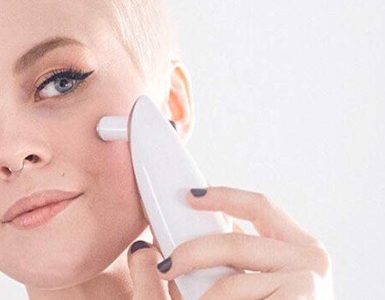The color of the human’s skin is determined by how the melanin is distributed into the epidermis (melanin gives human skin, hair, and eyes their color). The skin cells, responsible for the melanin production are called melanocytes and are located in the basal epidermal layer.
In general, the number of melanocytes in the skin cells is approximately the same in all ethnic groups. The most important is melanocyte activity and the combinations of the cells and this is what makes different shades and colors of the skin.
Higher amounts of melanin help people with the darker skin tone to naturally create a barrier against the ultraviolet rays.

Higher amounts of melanin increase wrinkle protection and skin cancer protection, but cannot protect it from the natural course of time as well as from potential disease.
African American skin is prone to hyperpigmentation, acne and acne scars and all the other concerns that may affect skin appearance. In fact, dark skin is considered more hyper-reactive or intolerant to various irritants, especially the harmful sun rays.
This brings up the question Should African American Skin Get Microdermabrasion having that it is prone to the same skin conditions and problems as any other skin.
Even though you can find multiple articles where questionable publishers proclaim that microdermabrasion is not recommended for dark skin, the procedure is proven to provide the same beneficial effect, while potential negative reactions are not more expressed compared to other ethnicities.
The increased photosensitivity in African American skin requires the regular application of sun protection cream or lotion at least one week after the procedure.
Performing microdermabrasion twice a month is enough for evening out the skin tone and eliminating acne scars, fine lines, and pigment spots. The condition of the skin will visibly improve after 4 to 6 sessions and then, a monthly maintenance microdermabrasion treatment will be enough to enjoy healthier and youthful skin.
Try to find a professional esthetician or a dermatologist, specialized in skin resurfacing in order to avoid any risks of side effects. The skincare practitioner will observe the condition of the skin, perform a patch test and carefully choose the intensity of the microdermabrasion treatment.
The intensity of the microdermabrasion session is crucial for people with more sensitive skin. Too aggressive exfoliation may lead to skin irritation, increased redness and even burning sensation.
If you’d rather buy your own machine, please pay attention to the following points:
- Carefully read the safety instructions and product manual before performing your initial treatment
- Perform a patch test (choose an area where the skin will react in case of side effects ‘- your wrist, the inner part of your elbow or behind the ear)
- When using your microderm machine on your face, start on the lowest setting in order to avoid skin reactions
- Two or three passes with the crystal or diamond tip are enough per treatment area. Avoid moving the wand too slowly
- After finishing your deep exfoliation, apply a deep moisturizing cream or lotion so you can minimize the potential irritation, following the procedure
- Sun protection should be regularly applied during the next week to avoid all risks of hyperpigmentation
Microdermabrasion procedures add a healthy glow to the dull, tired-looking skin. The deep exfoliation combined with gentle vacuuming technique will reveal a fresh skin appearance, stimulating the regrowth of newer, healthier skin cells. With microdermabrasion, you can effectively reverse the natural aging of your skin, while making blemishes less visible.
The minimal risks of side effects make microdermabrasion a preferred option for facial treatment of women of all ethnical origins, all around the world.





Add comment